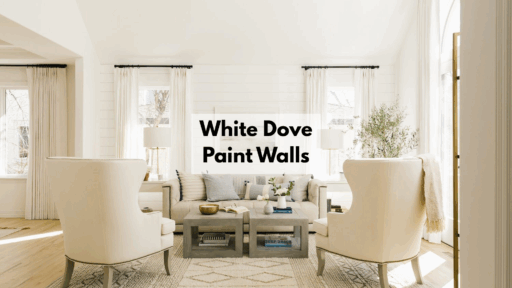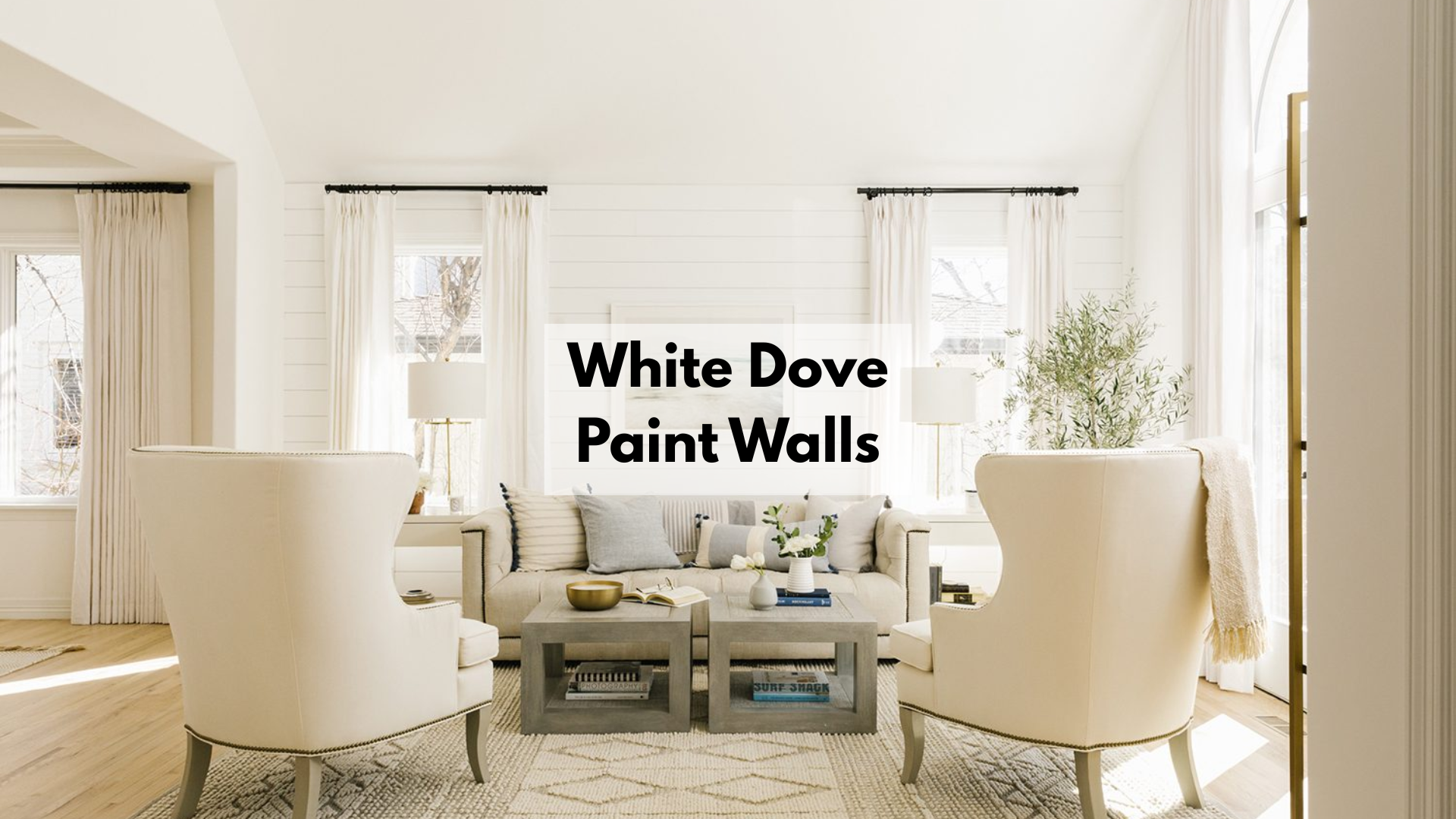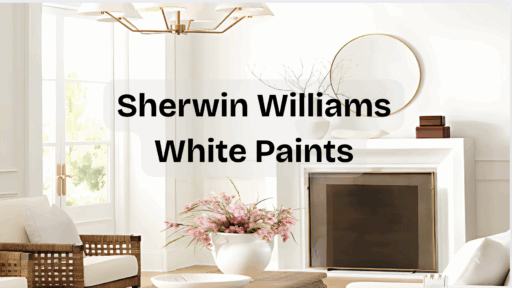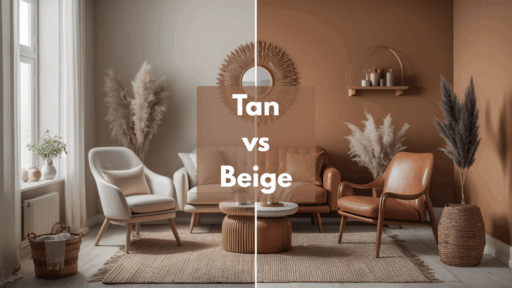Are you having trouble finding the perfect white paint for your walls? White Dove (LRV-83.16) by Benjamin Moore could be exactly what you’re looking for, and it’s one of the most trusted white paints because it balances warmth and coolness so well.
Choosing the right white can significantly impact a room—if it’s too stark, it feels cold and harsh, but if it’s too warm, it can make the space appear dark or dull. White Dove hits that perfect middle point, and that’s why so many homeowners and designers love it.
In this article, you’ll learn what makes White Dove’s undertones so special, the pros and cons of using it, designer tips for making it look its best, and which rooms and lighting conditions show it off beautifully.
After using White Dove in so many homes, I’m excited to share everything you should know before you pick up that paintbrush and get started.
Rich Undertones of White Dove (OC-17)

White Dove isn’t just another plain white paint—it has soft undertones that give it a special kind of depth and warmth.
This off-white shade features subtle hints of gray and yellow, making it feel welcoming without appearing too creamy or heavy.
Its real magic comes from how flexible it is, as in cooler, north-facing rooms, it can appear a little softer and cooler, while in sunnier spaces, its warmth gently shows through without overpowering the room.
Unlike bright whites that can reflect light sharply and feel harsh, White Dove diffuses the light in a soft, smooth way, making rooms and people feel more comfortable.
Many designers love it because it feels lived-in and timeless, providing your home with a quiet, beautiful backdrop that complements almost any style or decor.
Pros and Cons of Using White Dove Paint Walls
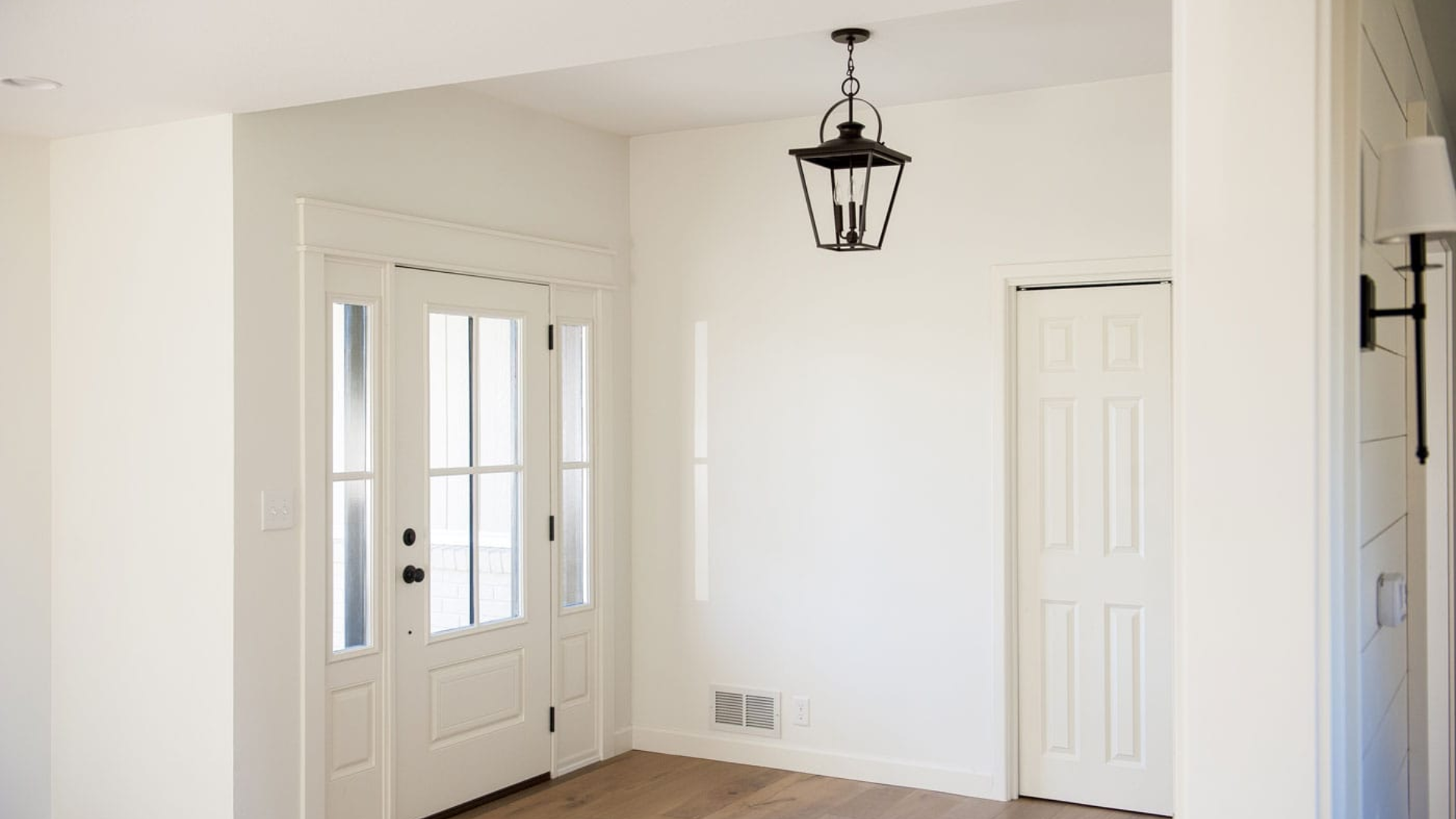
Before you rush to buy gallons of White Dove, let’s examine its strengths and weaknesses. Every paint has its ideal applications, and knowing the pros and cons will help you make an informed decision.
Pros of Using White Dove Paint Walls
White Dove is a great choice because it works well in different lighting, staying warm without looking yellow even under artificial lights. It also hides small wall flaws better than bright, sharp whites that show every little bump and mark.
This shade makes a perfect background for bold colors like navy blue, forest green, or earthy terracotta, helping your furniture and decor really stand out.
It can also make smaller rooms feel bigger and more open without the cold feeling that some pure whites create. Plus, it’s available in many finishes, from flat to high-gloss, fitting every room’s needs.
Cons of Using White Dove Paint Walls
White Dove isn’t always perfect because in rooms with very little natural light, it can sometimes look a little dull instead of bright and airy. It also needs careful painting because uneven roller marks can show more easily than with darker colors.
Touching up small areas later can be tricky too, especially if the original paint has aged or seen lots of sunlight. If you want a very sharp, ultra-modern look, White Dove might feel too soft and warm.
Also, since Benjamin Moore paints cost more, it’s something to think about when planning your budget.
Designer Tips for White Dove Paint Walls
To achieve the best results with White Dove, it’s essential to take your time and plan carefully before painting. Start by testing a big sample on every wall because the color can change depending on the light throughout the day.
Consider your trim color as well, because while White Dove looks beautiful when used on both walls and trim for a soft look, it also pairs nicely with brighter whites, such as Chantilly Lace, if you want a little contrast.
Be sure to check how it matches your floors, especially if you have wood with warm tones, as White Dove’s soft warmth can enhance the appearance of those floors even further.
Adjust your lighting to use warmer bulbs between 2700K and 3000K, as cooler bulbs may make the paint appear grayer than expected.
You can also create a subtle, stylish effect by using White Dove in different sheens, like eggshell for the walls and semi-gloss for the trim.
Best Colors to Go with White Dove
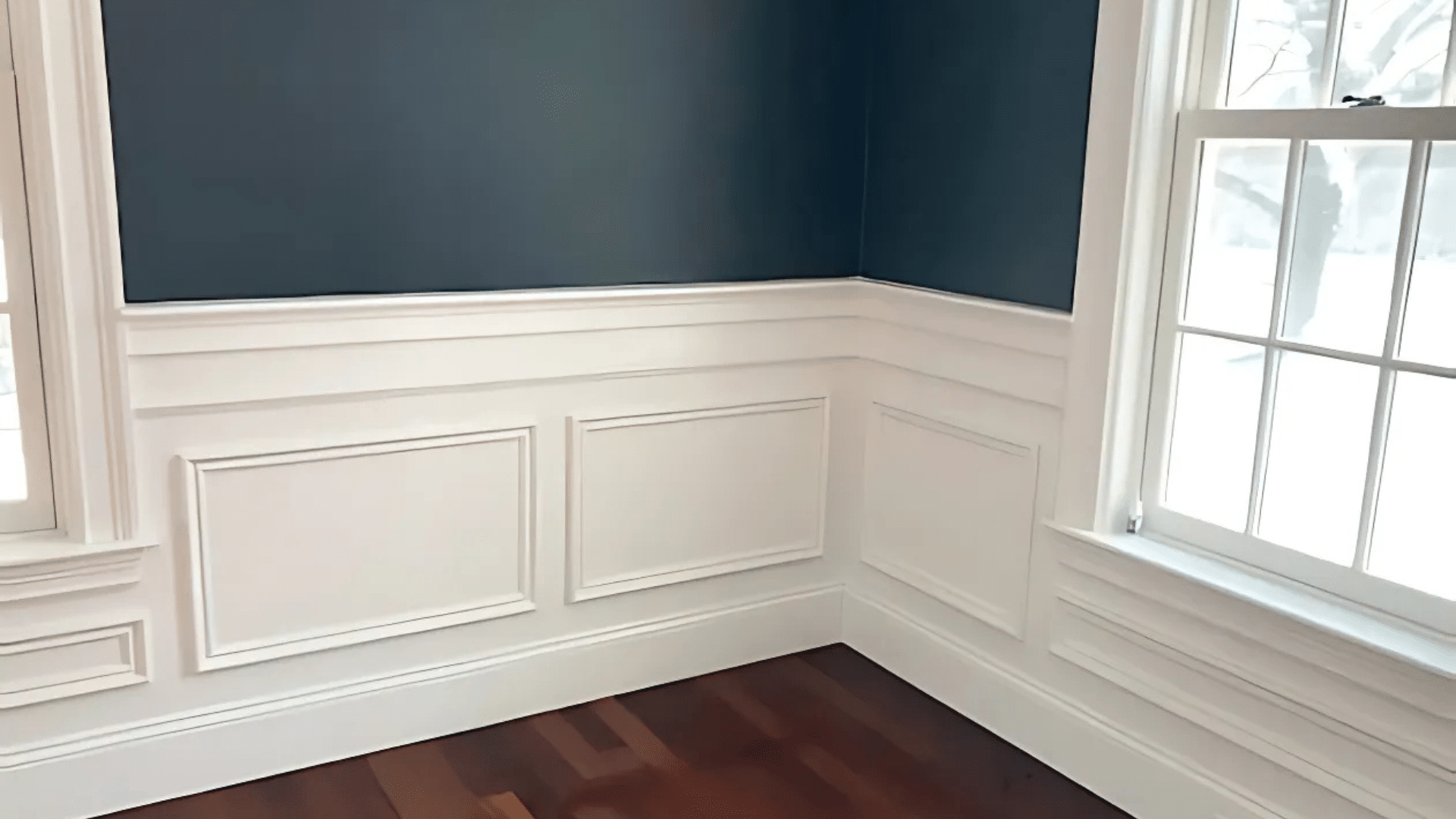
White Dove’s flexible nature makes it easy to pair with a wide range of colors, creating spaces that feel balanced, welcoming, and stylish.
Navy blues, such as Hale Navy or Naval, work beautifully with White Dove, giving you a classic and timeless look that feels rich yet never overwhelming.
If you love softer, nature-inspired spaces, gentle greens like Saybrook Sage or October Mist add a calming feel while bringing out the warmth in White Dove.
Charcoal grays, like Kendall Charcoal, offer strong contrast without feeling as harsh as pure black, helping to define modern rooms with clean lines.
Warm earth tones, such as Sienna Clay or Moroccan Spice, work well for creating cozy gathering spaces by highlighting White Dove’s soft warmth.
For a lighter, more relaxing look, pale blues like White Satin or Harbor Haze pair nicely to create a coastal, airy feel that’s perfect for bedrooms and bathrooms.
Also, don’t forget about rich woods like walnut and oak, which bring out White Dove’s beauty even more.
Conclusion
White Dove (OC-17) has earned its place as one of Benjamin Moore’s most trusted and beloved whites, as it combines subtle warmth with a level of flexibility that few other colors can match.
It’s a favorite among designers and homeowners alike because it brings a soft, welcoming feeling without ever making a space feel too creamy or too stark.
When considering using White Dove in your own home, take a moment to assess your lighting, furniture, and the overall ambiance you desire for your space. In most cases, White Dove fits beautifully, offering that perfect balance that helps rooms feel bright and cozy at the same time.
I’ve personally used White Dove in everything from historic Victorian homes to modern farmhouses, and I’ve seen how easily it adapts to different styles and spaces.
If you’re trying to choose between a few white paints and feel unsure, White Dove is often the safest and smartest choice.
Have you used White Dove before? Feel free to share your thoughts or show your projects in the comments below—I’d love to hear about your experience!
If you enjoyed this blog, you’ll definitely want to check out my comparison of White Dove vs. Swiss Coffee—it’s packed with helpful tips to make choosing the right white even easier!
Frequently Asked Questions
Is the White Dove Warm or Cool-Toned?
White Dove is mostly warm, but it has a slight touch of gray that keeps it from feeling too creamy or heavy. This balance makes it easy to use in various lighting conditions without appearing too yellow or too cold.
How Does White Dove Compare to Simply White?
Simply White appears brighter and sharper compared to White Dove, which feels softer and slightly more muted. Simply White has less gray, so it appears cleaner and fresher, while White Dove gives a more gentle, calming look that feels a little warmer overall.
Can White Dove Work in a North-Facing Room?
Yes, White Dove can work well in a north-facing room, even though it may appear a bit cooler. It still feels warmer and softer than many bright whites, helping balance out the cooler natural light and making the room feel cozy and comfortable.
Does White Dove Yellow Over Time?
When applied properly with a good primer, White Dove retains its color very well. Benjamin Moore’s paint quality helps resist yellowing much better than many other brands, so you can expect White Dove to stay beautiful and clean-looking for a long time.
What’s the Best Trim Color to Pair with White Dove Walls?
The White Dove itself looks great on trim, providing a soft, blended look throughout the room. If you prefer a little more contrast, you can use a brighter white, such as Chantilly Lace or Oxford White, to make your trim stand out more clearly.

